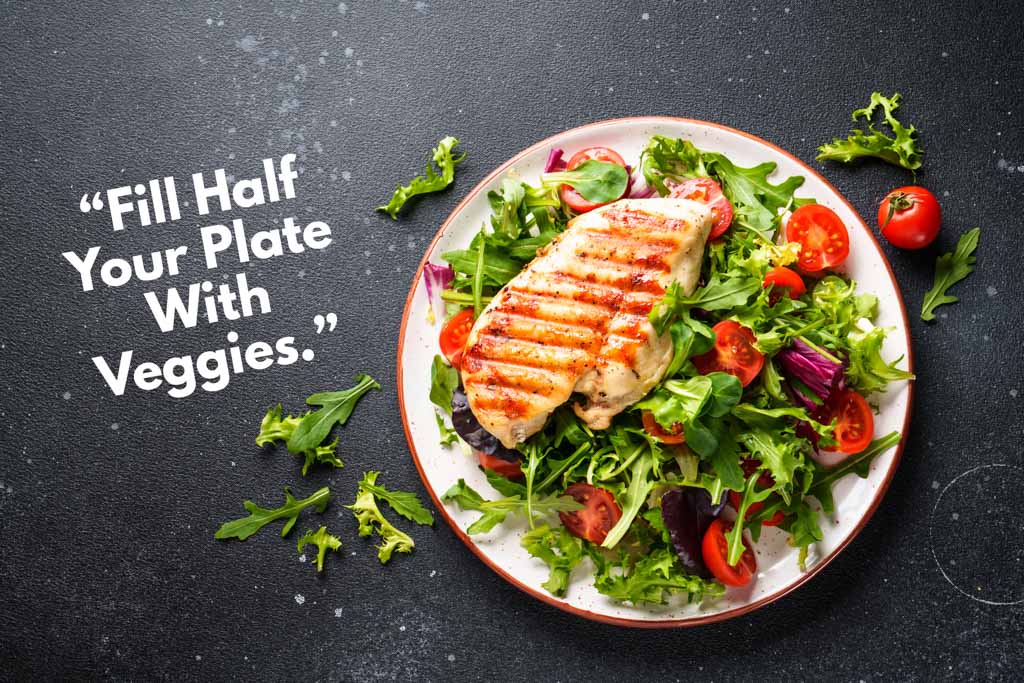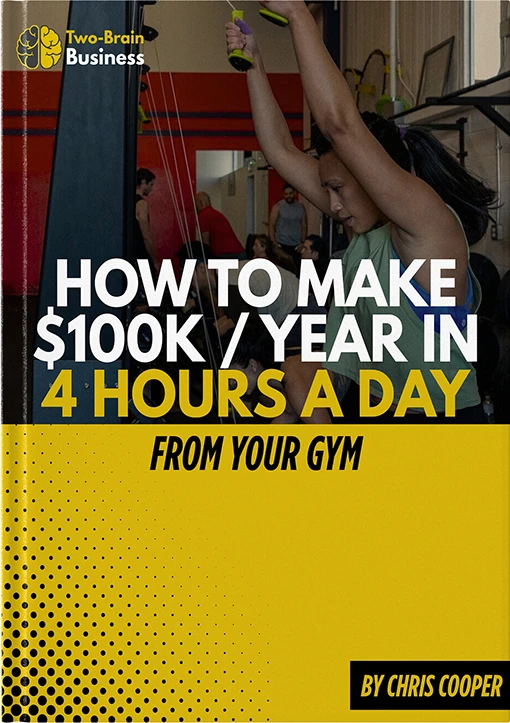The field of nutrition coaching is a legal nightmare.
Many jurisdictions have restrictions on who can give nutrition advice or create meal plans. In the strictest areas, dietitians and medical professionals are the only ones who can plan meals or provide detailed coaching on diet. Titles such as “nutritionist” and “dietitian” are protected in many areas, too.
I won’t lay out the complicated web of laws because they differ from jurisdiction to jurisdiction. I will just remind you to research your local laws on nutrition coaching so you don’t break them, and I’ll provide this resource for gym owners in the U.S.: Academy of Nutrition and Dietetics’ Licensure Map and Statutes by State (consult a lawyer if needed).
I also won’t dig into protectionism, the obesity epidemic, bureaucracy and politics. The various colleges, lawyers and elected representatives will argue for years. Our clients need help today.
The reality: As fitness experts, we know that nutrition has a dramatic effect on a client’s progress in the gym, and we know that our members will get better results if we can help them make positive choices outside the gym.
Habits coaching is the best way to stay onside of nutrition regulations while helping clients accomplish their goals.
When you help clients develop healthy habits, you aren’t providing meal plans or setting foot into any of the arenas where you’ll end up in a fight about scope of practice. You’re just offering simple but very effective strategies that will help clients who badly need support.
And let’s be honest: Detailed meal plans and complex macro calculations often overwhelm people who don’t even know if peanut butter is considered protein or fat.
Habits coaching focuses on very general advice that allows clients to improve their lives:
- You can help clients develop sustainable behaviors, such as batch cooking for the week, passing on the drive-thru, preparing healthy snacks, grocery shopping on a regular schedule and so on.
- You can help clients understand why they make poor choices and help them select behaviors that will support their goals.
- You can help clients learn to evaluate information so they can make choices that produce the results they want.
- You can help clients implement government-established general healthy habits. For example, explain how they can use the USDA “Dine Out/Take Out” recommendations to make better choices at restaurants.
- You can provide accountability and support to help clients repeat positive behaviors until they are automatic.
This approach keeps you onside of regulations and ensures you are still helping clients.
Maybe you can’t say this in your area: “I want you to mix 1 cup of almond milk with 25 grams of protein powder and a banana, then have that shake for breakfast.”
You can say: “On days when you skip breakfast, you always end up eating high-sugar snacks all morning, then hitting the drive-thru for lunch. Let’s get a weekly grocery trip on the calendar and ensure you have everything you need to start the day right. Then, we’ll focus on getting up at 6 a.m. every day so you have time to make a meal.”
See the difference?
Keep It Simple!
Don’t make the mistake of thinking habits coaching must be complicated. The best approach is keeping it simple and slowly helping clients make positive changes, get results and build momentum.
If you combine a habits challenge with the Prescriptive Model, you’re going to change lives and improve your business. The short summary:
- Start your challenge with an intake interview so you can discover clients’ goals.
- Run a simple challenge to help participants make progress (“On Sunday, batch-cook five healthy dinners you can eat during the week.”)
- Conduct an exit interview to measure progress, celebrate bright spots and find out about challenges.
- Solve problems for clients by prescribing ongoing coaching that helps them accomplish their goals.
At one Two-Brain gym, this exact plan generated $3,500 in front-end challenge revenue and $1,800 in ongoing revenue.
If you’re a Two-Brain client, you’ll soon get access to a complete habits-challenge package with everything you need to spin up fast.
If you’re not a client yet, you can use this video to set up a simple challenge for January 2025:

